

Max Davies
How Audi, BMW, Honda, Mercedes-Benz, and Suzuki started out in Australia, and where they are now
7 Hours Ago
Tritium CEO Jane Hunter has said Australians shouldn't be forced into electric vehicles right away, but should be told that's where the market is going.

News Editor
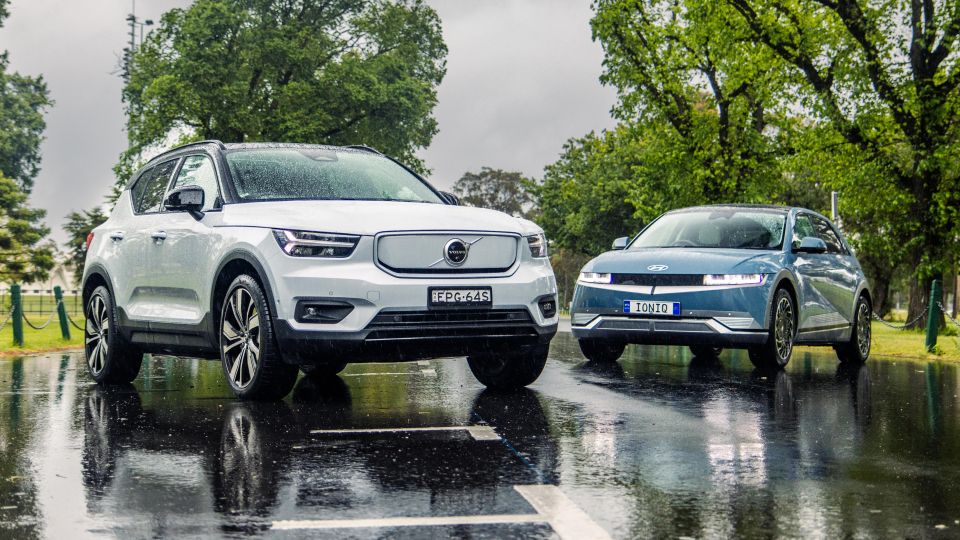

News Editor
The chief of Australia’s global electric vehicle charger company, Tritium, has warned against any federal government emissions policy focusing solely on outcomes without specifying technologies.
According to Jane Hunter, while consumers shouldn’t be bludgeoned into buying a battery EV before they’re ready to, they should also be made to understand that the future of most cars is going to be electric – because the car brands have already by and large chosen this path.
“The main thing I would advocate for the federal government is just don’t confuse the public with competing technologies, because there is still this ‘We’re going to let you make your own choice, whether you choose hybrid, whether you choose hydrogen, whether you choose electric’,” Ms Hunter said.
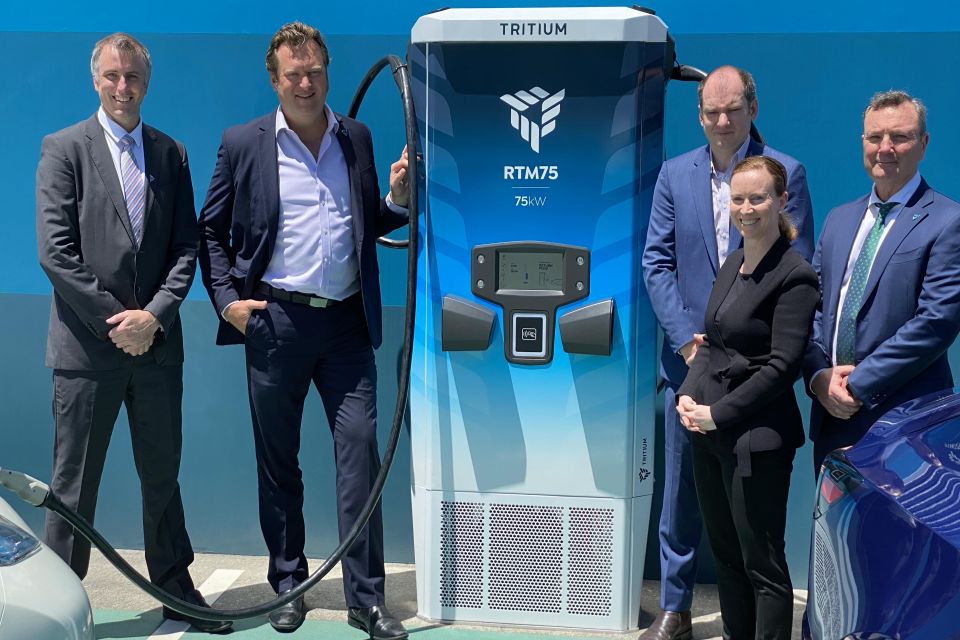
“Well, they probably just should be saying ‘it is going to be electric. We don’t mind when you come along on that journey, you will make your own decision about when it’s time to make that transition, but that is what you’re transitioning to because the OEMs have made that decision for you’.”
Tritium has just expanded its facilities in Brisbane, with a new testing chambers for chargers that can deliver up to 720kW of regenerative power. It’s also imminently listing on the NASDAQ, and wants to climb from number two in market share in Europe and North America to the top spot.
Ms Hunter said there’s still an application for hydrogen, but that it’s better-suited for the likes of long-haul aviation, with trucking representing a huge potential market for battery-electric technology.
“Even long-haul trucking, the jury’s out as to how that will occur. So our 350[kW chargers] are already getting trucks pulling up to them in Europe to suck down power,” she said, pointing out infrastructure for BEVs is considerably ahead of that for FCEVs.
MORE: Tritium grows Brisbane facilities, seeks lead in Europe, North America
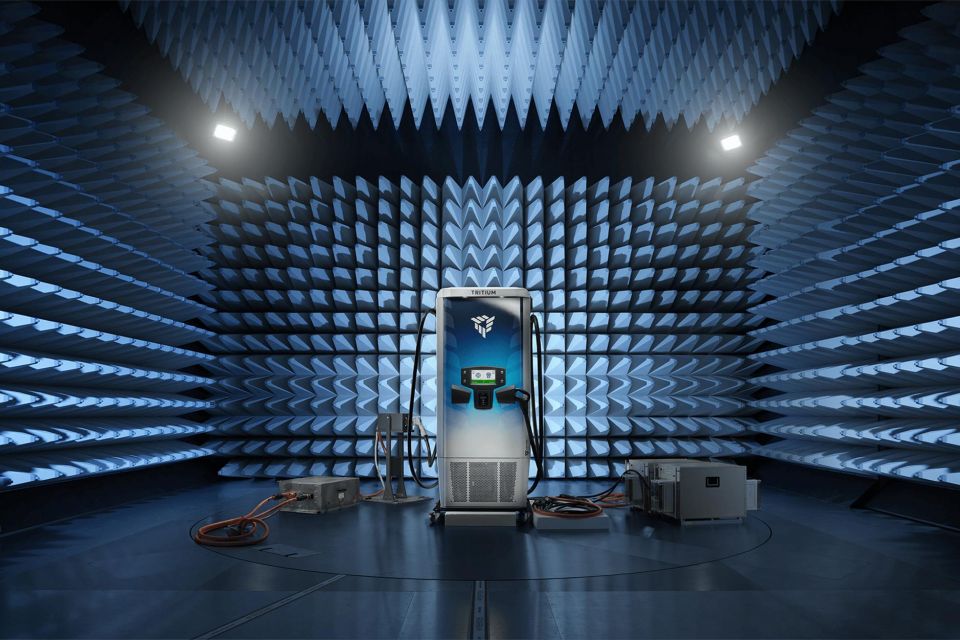
Prime Minister Scott Morrison has announced investments in both BEV charging infrastructure and hydrogen refuelling stations, and says the path to net zero by 2050 includes encouraging uptake of hybrid, plug-in hybrid, battery-electric and hydrogen fuel-cell vehicles – a portfolio of technologies.
It’s part of his government’s $250 million Future Fuels and Vehicles Strategy.
It doesn’t include any federal subsidies towards the uptake of these vehicles or any fuel efficiency standards, though it calls for the deployment of 50,000 household EV chargers, 1000 new public fast-charging stations, and charging infrastructure in over 400 businesses.
“[Our] plan is driven by technology, not taxes. It’s driven by backing Australians’ choices, not putting mandates on them and telling them what to do,” said Prime Minister Morrison.
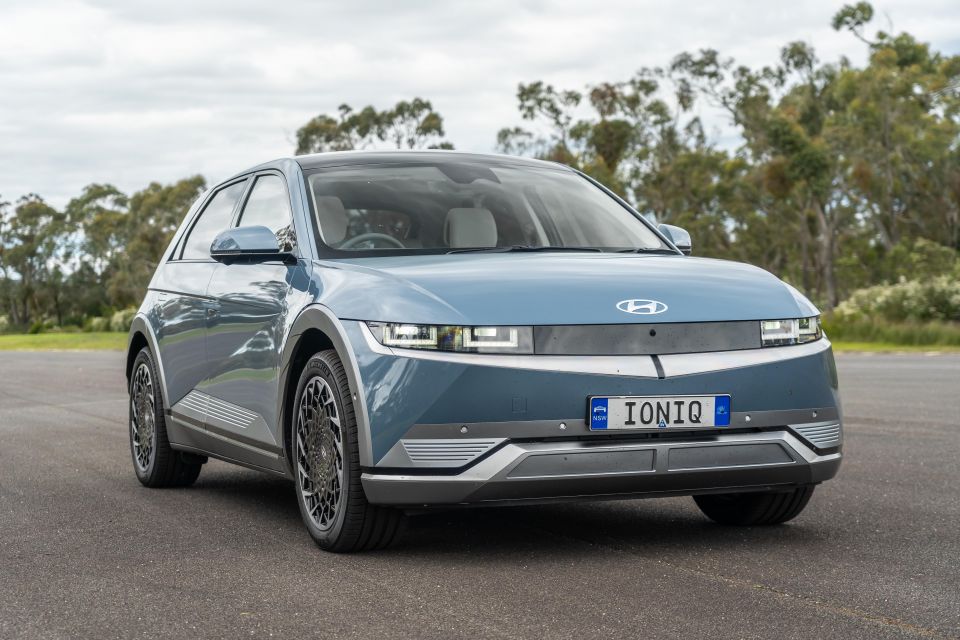
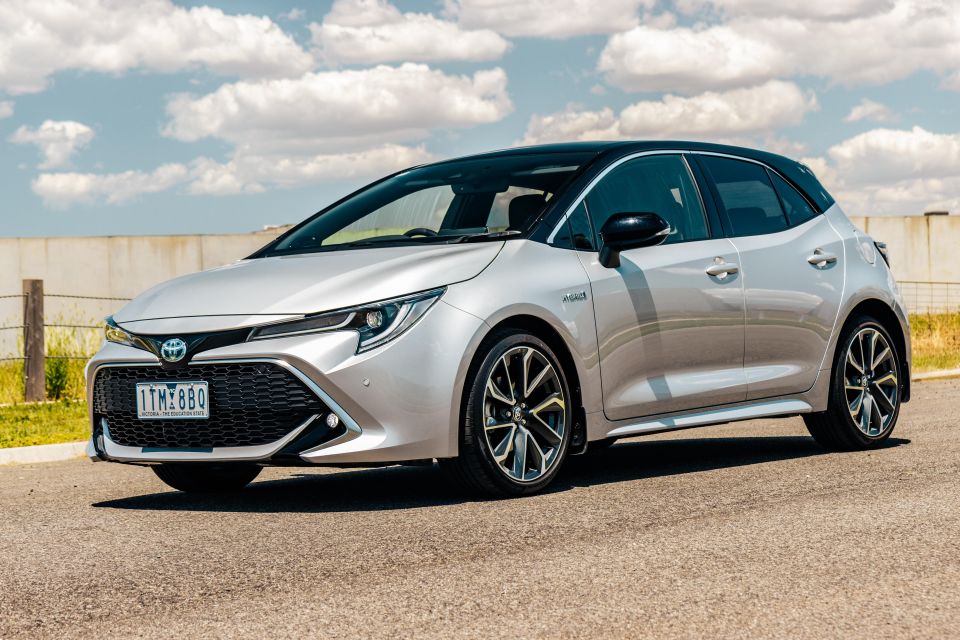
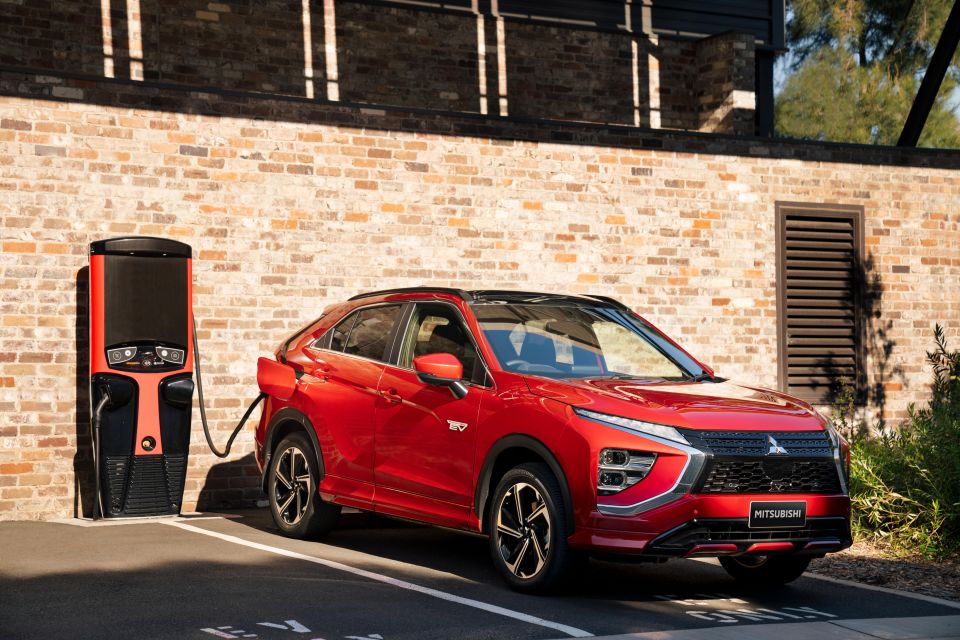
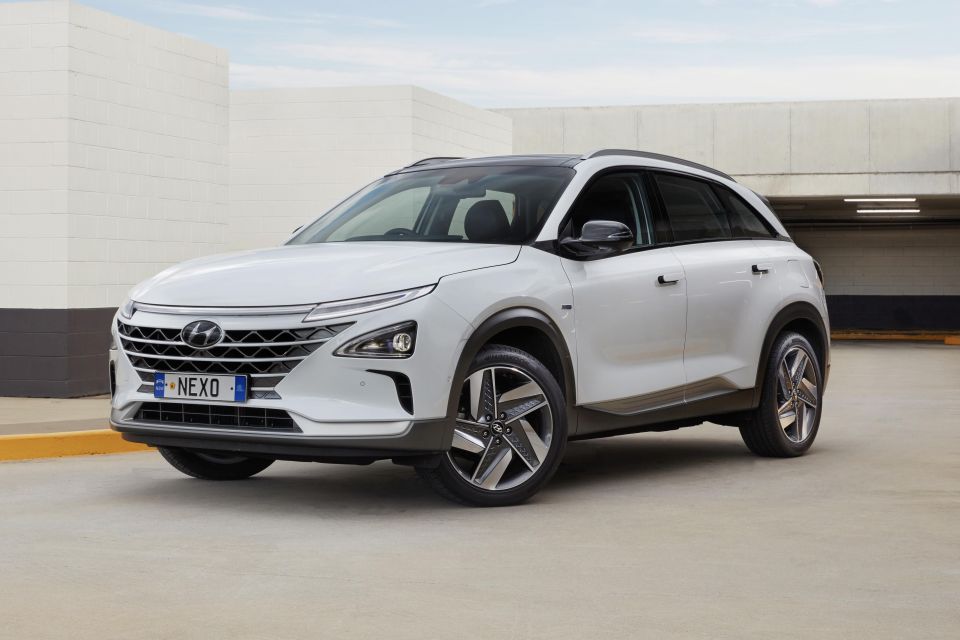
“So our plans are all about supporting those choices, facilitating those choices, plugging the gaps where they need to be plugged to ensure that Australians can make the choices that they want to make.
“Our plans are not about sending lots of taxpayers money off to big multinationals to get costs down.”
The government has also underlined the importance of hydrogen power for heavy vehicles and ships, saying it’s a key part of the path to net zero by 2050.
In all, the government wants to get 1.7 million electric vehicles on the road by 2030, inclusive of EVs, PHEVs and FCEVs. It wants 30 per cent of annual new vehicle sales to consist of these three vehicle types by that year.
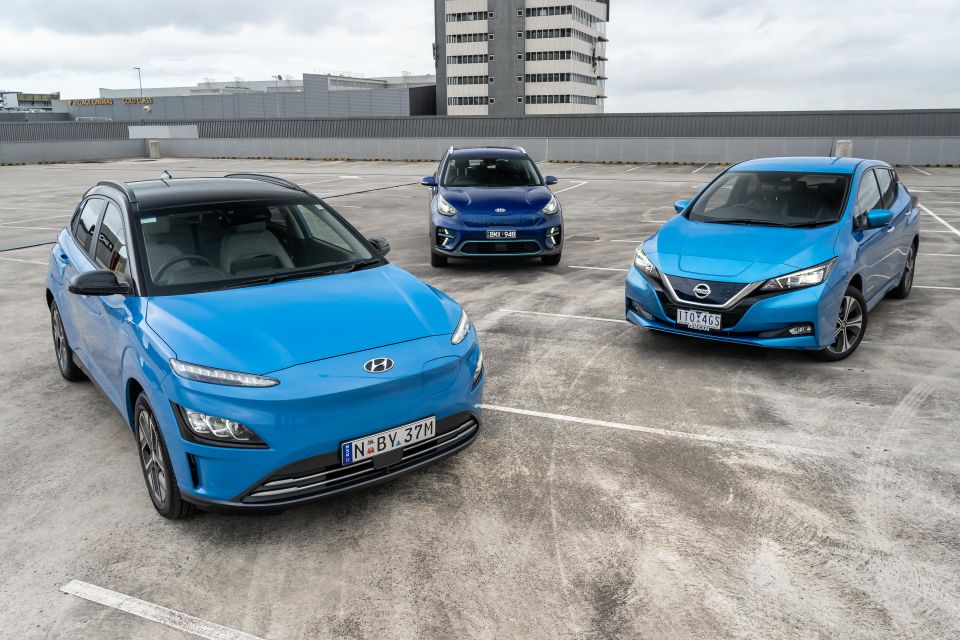
While the federal opposition hasn’t called for direct federal subsidies either – like those employed in the European Union – it has announced its proposal to incentivise EV uptake as part of its Powering Australia plan.
Should Labor win office in the 2022 election, it’s promising to exempt from fringe benefits tax EVs, PHEVs and FCEVs below the luxury car tax threshold for fuel efficient vehicles, where said vehicles are provided through employment arrangements. It’s also proposing to remove the five per cent import tariff.
It says this could result in a saving of $10,600 on an EV costing $60,000.

Labor also plans to expand charging infrastructure and set an EV target for the Commonwealth fleet, though its overall EV strategy is less ambitious than the one it took to the last federal election, which was characterised by the Liberal Party as being a case of governmental overreach – an attack line Morrison continues today.
Tritium’s CEO says she isn’t calling for subsidies, though she says that’s the quickest way to spur EV uptake.
“We don’t majorly advocate for subsidies because they are very divisive in the community, and then you get people saying, ‘Oh, well, if they can’t survive on their own…’, and the reality is, they will survive on their own,” said Ms Hunter.
“The public just needs to be educated that if you want a more rapid uptake, then that’s the way to go faster, much like solar.”

The Federal Chamber of Automotive Industries (FCAI) has set a goal to reduce emissions by more than 50 per cent by 2030, but it’s cautioned against the idea of the federal government setting a phase-out date for petrol and diesel vehicle sales.
“This approach does not recognise the significant differences in market preferences across Australia, which is unique among the global markets,” said FCAI chief executive Tony Weber.
“Governments should pick targets, not technologies. Decisions around technology should be left to the experts – the vehicle makers.
“The aim should be to reduce CO2 rather than give preference to one technology over another.”
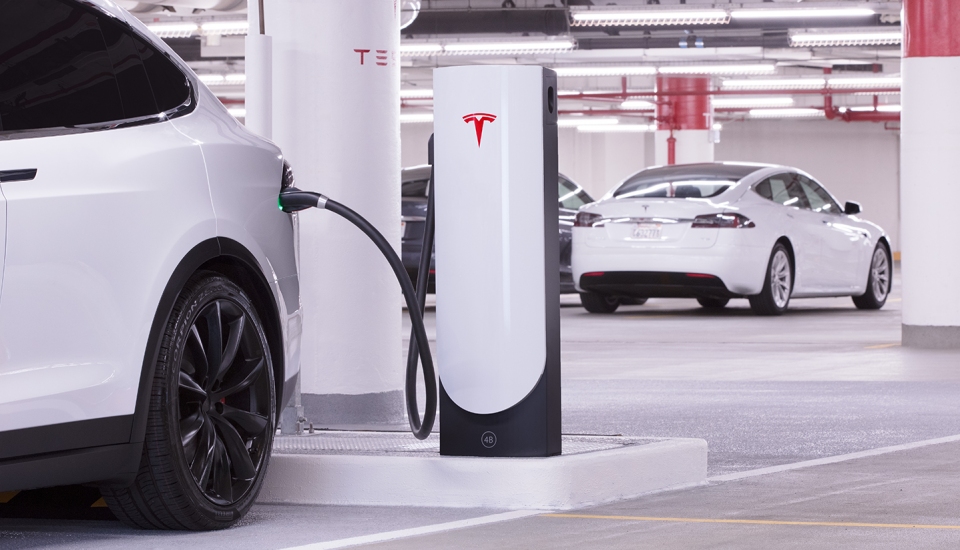
There’s some clear common ground between the likes of the FCAI, infrastructure manufacturers like Tritium, and lobby groups like the Electric Vehicle Council of Australia, however, and that’s the desire for a consistent national EV policy.
“It is vital that governments across the country work towards nationally consistent policies. This will allow manufacturers to bring the best technologies to market and provide greater choice to the Australian consumer,” said Mr Weber.
As it stands, there are some states that have announced a road user charge (NSW, SA), one that has already implemented it (VIC), some states that are offering subsidies (NSW, SA, VIC), and some states that have yet to release a holistic EV plan at all (QLD).
Car companies are among those frustrated with the patchwork of policies across the states and territories.
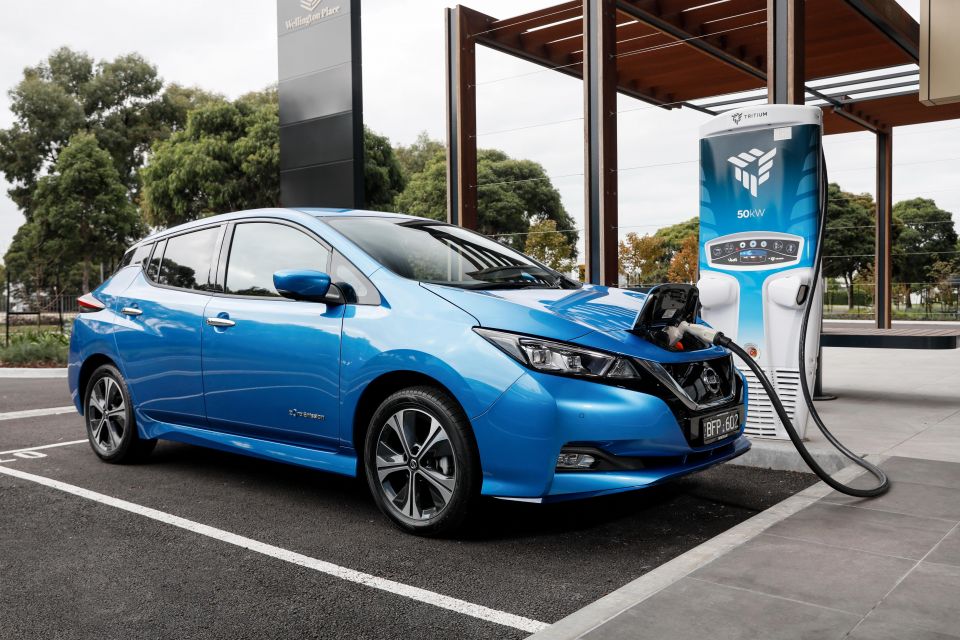
Nissan Oceania’s new managing director Adam Paterson is among the industry figures criticising the lack of a cohesive federal policy, calling “understanding the patchwork of state versus federal incentives” a “challenge” and criticising Victoria’s road user tax in particular.
“If the goal here is to speed electrification of the market, generally speaking, my thought would be that state and federal governments [should] be working together to incentivise that,” said Mr Paterson.
ACT
Northern Territory
NSW
Queensland
South Australia
Tasmania
Victoria
Western Australia
These exist in lieu of a unified Federal policy around EV rebates or tax breaks. Australia doesn’t have any national sales targets or emissions caps in place – the latter being vital to getting access to the latest products – preferring to fund chargers.
MORE: Australia’s car brands lobby for vehicle emissions standard MORE: Australia-wide EV policy needed to avoid ‘chaos’ MORE: Australian electric vehicle launch calendar MORE: Nissan questions Australia’s EV policy patchwork, awaits election pledges MORE: NSW electric-vehicle stimulus package MORE: Victoria commits to electric car subsidies, 2030 sales target MORE: Northern Territory commits to electric car incentives MORE: ACT moving public-servant fleet to EVs, will slash running costs MORE: How Australia’s federal opposition proposes to slash EV prices MORE: South Australia passes electric car rebates – and road user tax
William Stopford is an automotive journalist with a passion for mainstream cars, automotive history and overseas auto markets.


Max Davies
7 Hours Ago


William Stopford
7 Hours Ago


Derek Fung
8 Hours Ago


Max Davies
15 Hours Ago


William Stopford
1 Day Ago


Ben Zachariah
1 Day Ago